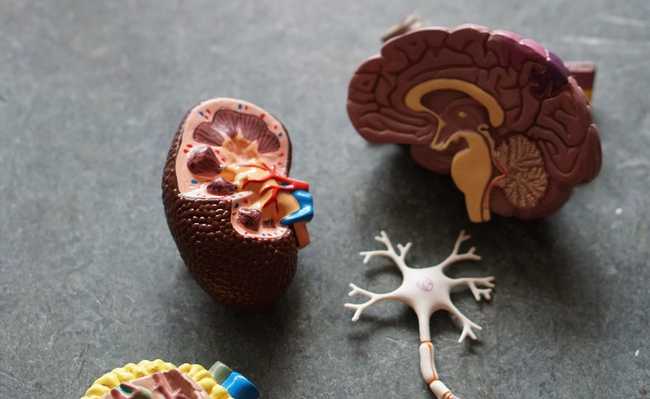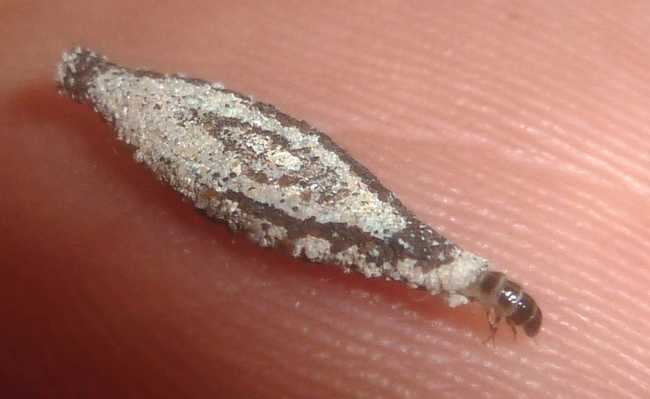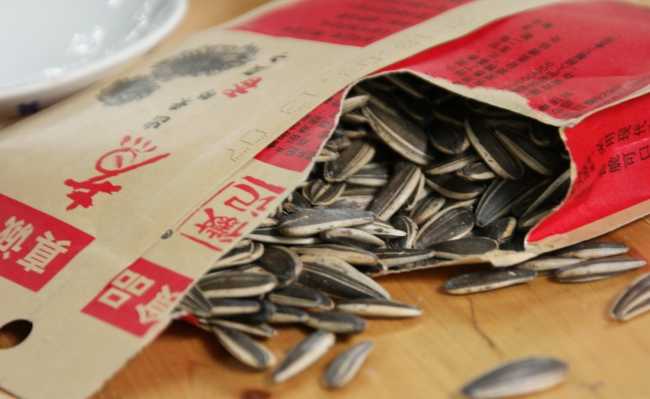Understand the processes of homeostasis and allostasis
Homeostasis is the process of physiological stability of a living organism, while allostasis characterizes the mechanisms that ensure this balance

Image: Robina Weermeijer in Unsplash
The term “homeostasis” is used to indicate the property of an organism to remain in balance, regardless of changes that occur in the external environment. Coined by physician and physiologist Walter Cannon, the word derives from the Greek radicals homeo (the same) and stasis (to stay) and was inspired by the idea of a fixed internal environment proposed by Claude Bernard. The concept of “alostasis” was conceived by Peter Sterling and Joseph Eyer and characterizes the mechanisms and tools that guarantee the establishment and maintenance of homeostasis.
Homeostasis is guaranteed by certain physiological processes, which occur in organisms in a coordinated manner. The mechanisms that control body temperature, pH, volume of body fluids, blood pressure, heart rate and concentration of elements in the blood are the main allostatic tools used to control physiological balance. In general, these mechanisms work through negative feedback, which acts to reduce a given stimulus, ensuring the proper balance for the body.
Temperature control is an example of negative feedback. When we practice physical activity, our body temperature tends to rise. However, this change is captured by the nervous system, which triggers the release of sweat, responsible for cooling our body as it evaporates.
Stress response: homeostasis and allostasis
Faced with an everyday situation, a living being can express different behaviors, which vary according to genetic factors, previous experiences, physical and physiological response capacities. In this way, a large number of interrelationships are formed in search of the most appropriate response to that particular situation that disrupted homeostasis. Responses can be physiological, produced by the nervous system, or behavioral, related to health.
Each species develops its own adaptation mechanisms, but each being can have different expressions within the same species. Faced with a stimulus, the behavioral pattern of a certain species can be the same (for example, the flight from a predator), activated by the same physiological systems (such as the secretion of adrenaline), but always accompanied by characteristics specific to the individual.
Under chronic stress induced by the presence of predators, birds of prey have developed a set of adaptive physiological responses to avoid being eaten by them. Increasing metabolic rates and allocating resources to support emergency functions are examples of allostatic tools adopted by these birds.
Other birds do not show this type of behavior in front of their predators, having developed other defense tools to deal with them. Therefore, organisms, according to their differences and previous experiences, deal differently with stimuli capable of disrupting homeostasis.
Historically, the term homeostasis was used to define the “stability of the physiological system that sustains life”. This process remains rigid and within a small range. When exceeded, its limits cause a disruption of balance, leading to incompatibility with life. The concept of allostasis, conceived by Peter Sterling and Joseph Eyer, can be defined as “the organic adjustment to predictable and unpredictable events”.
A physiological response always occurs in response to a stimulus that disrupts homeostasis. Thus, an action on the individual, whether psychological or physical, will have as a response the deviation of homeostasis and a consequent allostatic reaction to regain balance.
Stress is an example of a common stimulus in people's daily lives and corresponds to a real or imaginary event that threatens homeostasis, requiring an allostatic response from the body. From the standpoint of Social Epidemiology, stress factors originate from social processes such as education, environmental conditions, working conditions, salary, support and access to health. These factors generate consequences or join others already incorporated into the individual's daily life.
Allostatic charge
The amount of metabolic energy necessary for a given physiological mechanism to maintain homeostasis is called the allostatic charge. The decompensation of homeostasis due to allostatic overload in some of the body's defense tools can cause several damages to health. In other words, when the body expends more energy than it should to reverse the stimulus that disrupted its balance, an allostatic overload occurs, which increases the risk of disease.
Expectations of response to a stimulus can be positive, negative or neutral. When the answers are positive and end a cycle of aggression, returning to homeostasis, the individual's health is not put at risk. On the contrary, when the allostatic charge is maintained for long periods or the adaptive response that would end the cycle of aggression does not occur, we have allostatic overload and the consequent damage to health.
This damage can manifest itself in several ways, against the background of tissue loss (degeneration), hypersensitivity, functional overload (hypertension) or psychological disorders (anxiety, depression). Daily stresses can be related to the onset or worsening of symptoms caused by this damage.
Importance of homeostasis and allostasis
Keeping the internal environment in balance is essential for the proper functioning of the systems that make up the body of any living being. Enzymes, for example, are substances that act as biological catalysts, accelerating the speed of various reactions. To perform their function, they need a suitable environment, with temperature and pH within a normal range. Therefore, a balanced body is a healthy body.








